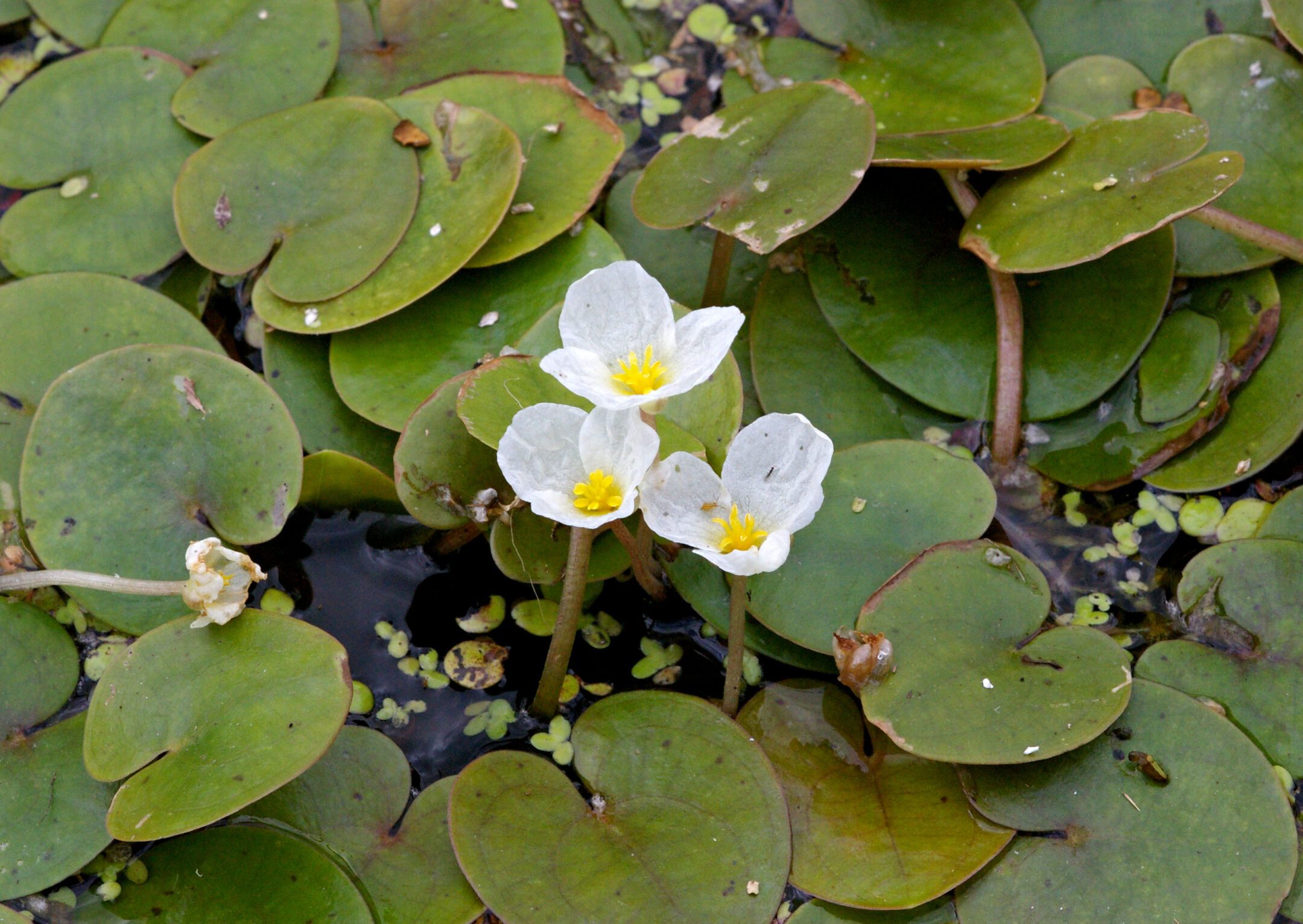First Place - High School
UN Sustainable Development Goals Addressed
-

Goal 9: Industry Innovation & Infrastructure
-

Goal 14: Life Below Water
2024 Youth Design Challenge
This design concept was developed by participants in the Institute’s Youth Design Challenge. The descriptions below are from the team’s competition entry materials.
School: Orange Cube Art
Location: Seoul, South Korea
Coach: Haeun Kim, Hyeseung Nam
Team Members: Evelyn Joonhee Koo, Jun-Ki Kim, Richard Jay Kim, Minkyung Song, Geon Park, Yuna Suh, Seung Yun Lee, Jiheon Lee

Innovation Details
Oyster farming in South Korea is an industry that contributes to microplastic pollution in the ocean through the degradation of buoys. Attempts at shifting from styrofoam to alternative materials like aluminum have failed in the past, so team Design Matter from Seoul decided to try to find a nature-inspired solution. Their design, Green Buoy, is a buoy made from chitofoam (a biodegradable material derived from mealworm exoskeletons) that eliminates the risk of microplastic pollution and promotes sustainable marine farming. The team took inspiration from the aquatic Hydrocharis dubia plant, mimicking the dome-shaped air pockets of the plant to provide buoyancy. They designed the buoy connector modules by studying the way that seahorses use their tails to latch onto coral reefs. The Green Buoy could be the answer to finding a sustainable way to keep the oyster farming industry from further polluting South Korean waters with microplastics.
What is the problem your team solved for this challenge? What is the problem addressed? How is the problem connected to the selected SDG/s? (Limit 100 words)
Our team is addressing microplastic pollution from oyster farming buoys, contributing to SDGs 14 (Life Below Water) and 9 (Industry, Innovation, and Infrastructure). By innovating biodegradable buoys inspired by nature, we aim to reduce marine pollution and promote sustainable industry practices. The project not only seeks to conserve marine ecosystems by minimizing plastic waste but also encourages eco-friendly material use, aligning with global efforts for sustainable resource management and environmental protection, showcasing a proactive approach to combining environmental preservation with sustainable development in marine industries.
How was your solution inspired by nature? What (at least two) organisms did you learn from? How effectively did you combine the biological strategies for the final design? (Limit 100 words)
Our solution drew inspiration from the hydrocharis dubia plant, known for its buoyancy due to air pockets beneath its leaves, and the seahorse, admired for its strong tail grip. Integrating these natural strategies, we developed a buoy design that mimics the plant’s buoyancy to prevent sinking and adapted the seahorse tail’s gripping mechanism for enhanced stability in rough seas. This biomimicry approach effectively combines the buoyancy and stability features into a single, innovative design, showcasing an effective application of learning from nature to address environmental challenges.
What does your design solution do? How does it solve or mitigate the problem you selected? How did what you learned inform your design? (Limit 100 words)
Recognizing the failed government attempts with aluminum buoys, and the resultant distrust among farmers, our design focuses on rebuilding confidence in sustainable alternatives. This approach aims to alleviate fears of oyster loss and encourage the shift from styrofoam, addressing microplastic pollution and promoting sustainable marine farming. Conversations with a researcher from the Ministry of Oceans and Fisheries of South Korea highlighted the importance of user-friendly designs for re-introducing the buoy. Consequently, we simplified our buoy design to accommodate the growing weight of oysters, making it easier for farmers to adapt to and adopt this new, environmentally responsible approach.

